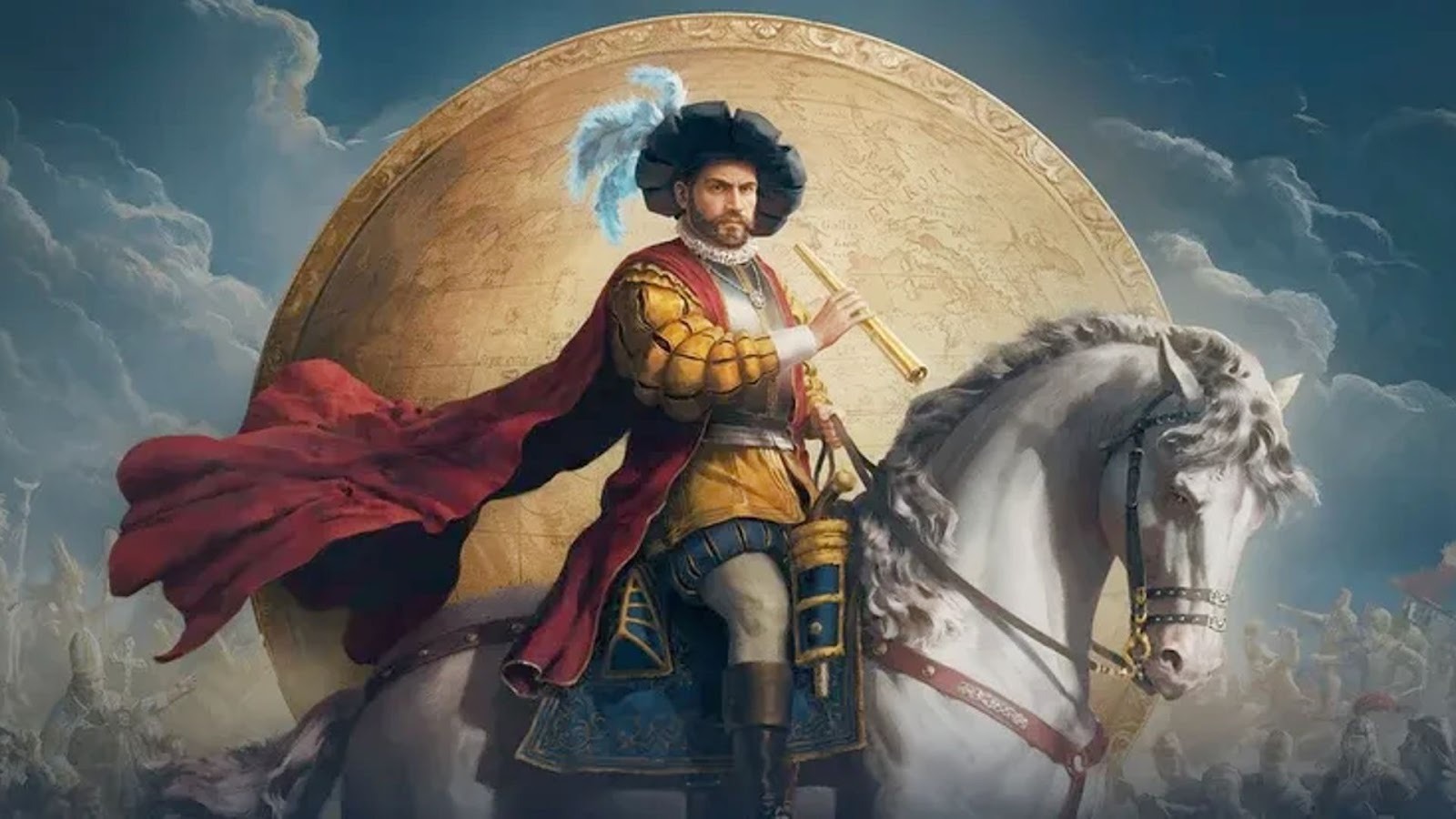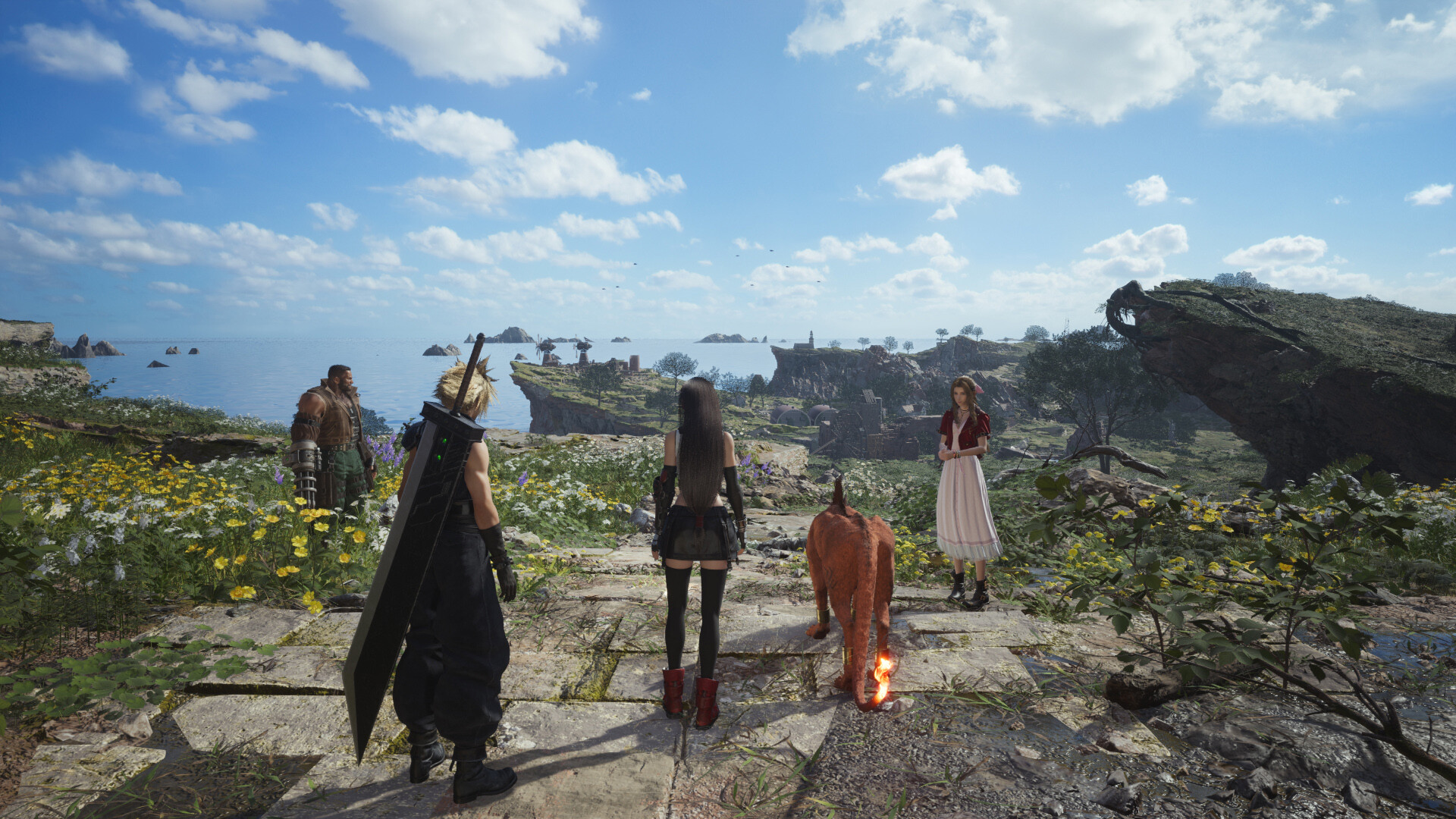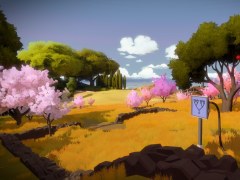You can trust VideoGamer. Our team of gaming experts spend hours testing and reviewing the latest games, to ensure you're reading the most comprehensive guide possible. Rest assured, all imagery and advice is unique and original. Check out how we test and review games here
Paradox Interactive’s latest grand strategy game, Europa Universalis V (EU5), confronts a time period full of constant world-shattering change. One of the more pervasive and difficult ideas it brings up emerges during its Age of Discovery: colonialism.
In EU5, you can grow your nations through war, but also through colonizing lands both near and far, with mechanics that simply cannot do justice to the horrors that the expanding global Empires, and their desire for trade goods, would bring. Despite EU5’s complex and rewarding mechanics, the game’s dispassionate approach to these delicate issues left me feeling cold.
- The Age of Discovery is a key point in Europa Universalis V, as it showcases the point where colonization becomes central in gameplay.
- The Europa Universalis V map relegates most of the world’s civilizations to just places to conquer.
- EU5’s mechanics have to operate in broad, sweeping ways to make the game work, but it acts to strip autonomy from real cultural groups.
- On such a grand scale, there’s no way that Europa Universalis V can effectively reflect the real-world cost of colonialism.
- If you were so inclined, you could try and force a different path, but this just highlights that, for all its complicated simulation, Europa Universalis V just can’t handle history.
Europa Universalis V’s map says a lot about just who is worthy
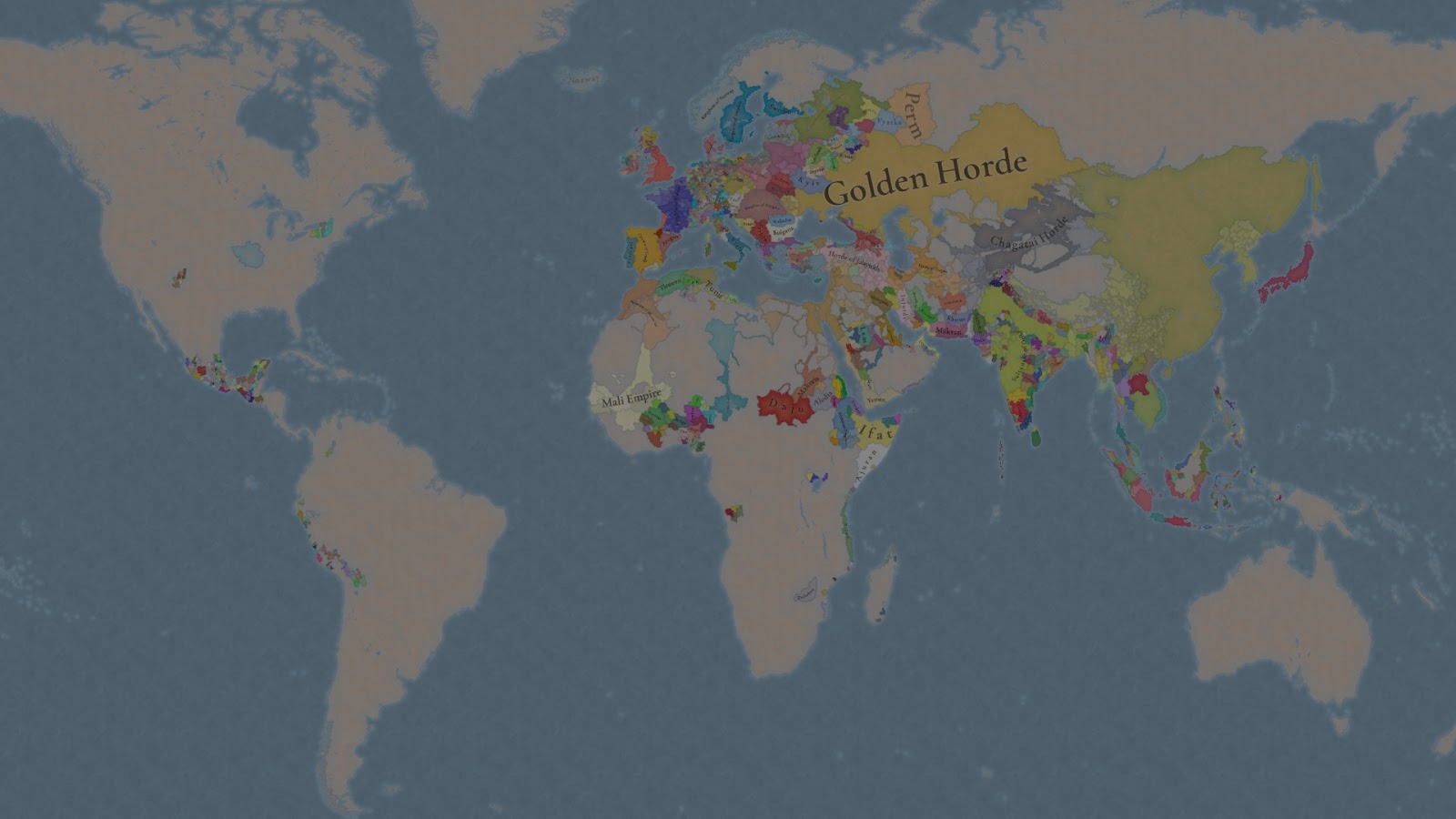
In his video essay ‘Who gets to be a civilization?’, Kyle Kallgren mostly talks about the implications of the playable nations in the Civilization series, but touches on points inherent to all historical video games. Most pertinent to Europa Universalis V is the idea of “what makes a civilization different from a barbarian”.
While EU5 is a more complicated simulation than Civilization, it still struggles with the same concept that “civilizations can win, barbarians must be wiped out.” By EU5’s start date, 1337, there are only so many groups of people that the game allows you to play, while the remainder are forced to play a passive role in response to colonization.
It is not that EU5 is claiming that these locations have no population, far from it, just that these people cannot have any impact on the world stage unless a larger nation forces them to. Colonizing in EU5 is a multi-stage affair of finding new land for your empire to expand into and then setting up a colonial charter.
For the land to be considered ‘yours’, the majority of the people in the area must be from your culture, brought into tame the land. Because of this, more populated lands are harder to colonize, but you still win the same way, by outnumbering the unimportant barbarians with your civilised citizens.
Culture shock
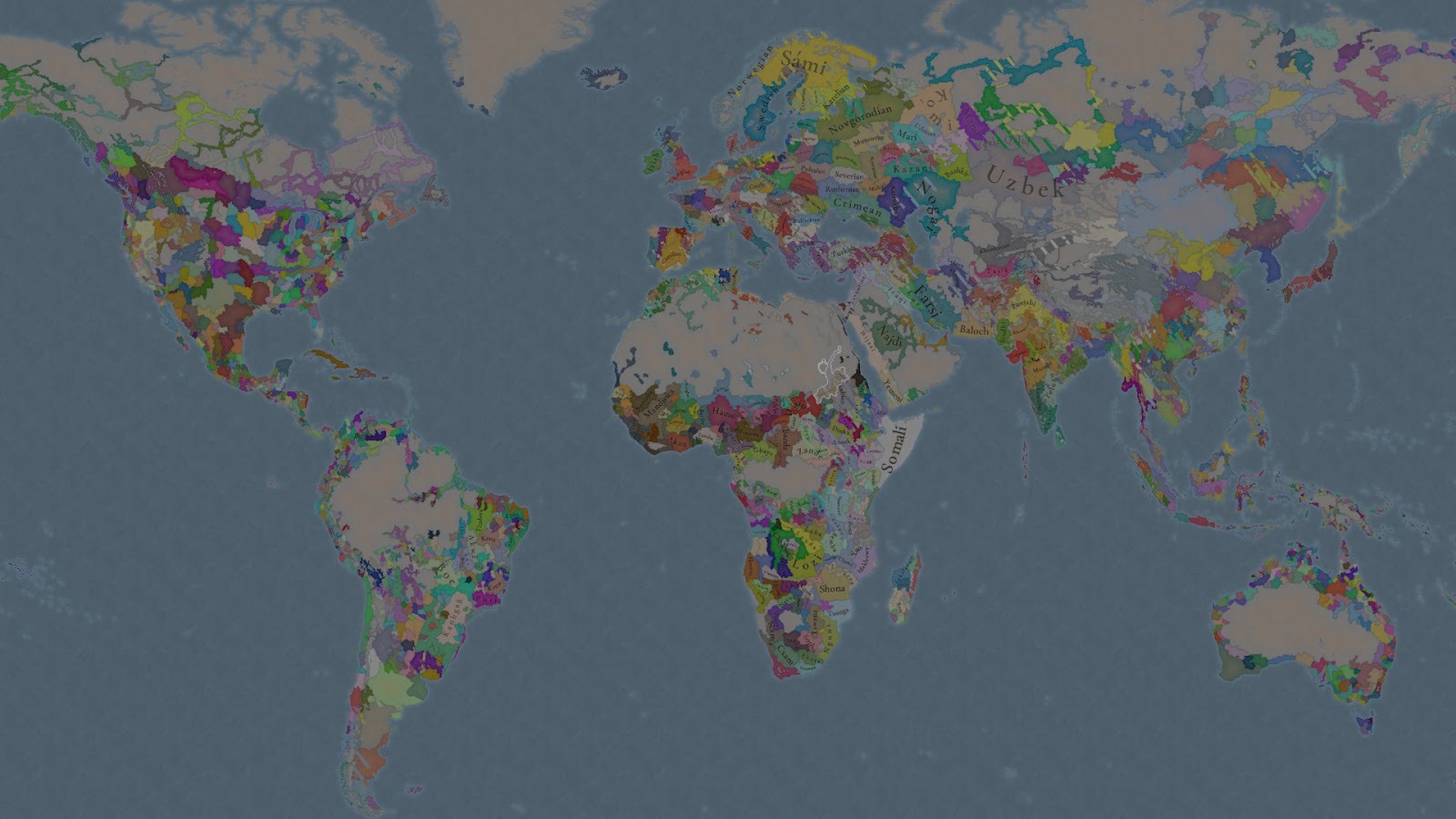
Limits to the selection of playable nations are a necessity for the game to work, in the same way that Crusader Kings 3 reduces all European feudalism to a model based upon the Kingdom of France.
Creating different systems for every historical truth is too complicated, but with its current model, Europa Universalis V enables the dehumanisation of cultures in-game. Through the game’s mechanics, you are encouraged to adopt the mindset of the conqueror, and it is up to a player’s perspective if this is an effective implementation of historical viewpoints or simply a perpetuation of existing imperialist narratives.
There are established cultures in the areas of land that only exist to be taken over by a colonizer Empire, with the game sporting 2,083 different cultures across the map. So many of them are only represented to be subjugated. In Europa Universalis’ Americas, there are precious few cultures (like the Aztecs) who can engage with their invaders on ‘civilised’ terms, with peace treaties and trade opportunities.
Some cultures have even had their status changed from game to game. The Sámi people of Northern Scandinavia could operate on the same level as other parts of Europe in Crusader Kings 3, but in EU5 are reduced to colonizable expansion points.
Many Native North American tribes that were playable in Europa Universalis IV are no longer considered notable enough to be playable. These decisions have to be made by Paradox to support the game’s thesis, but they strip autonomy from real-world cultures in this game.
A matter of perspective
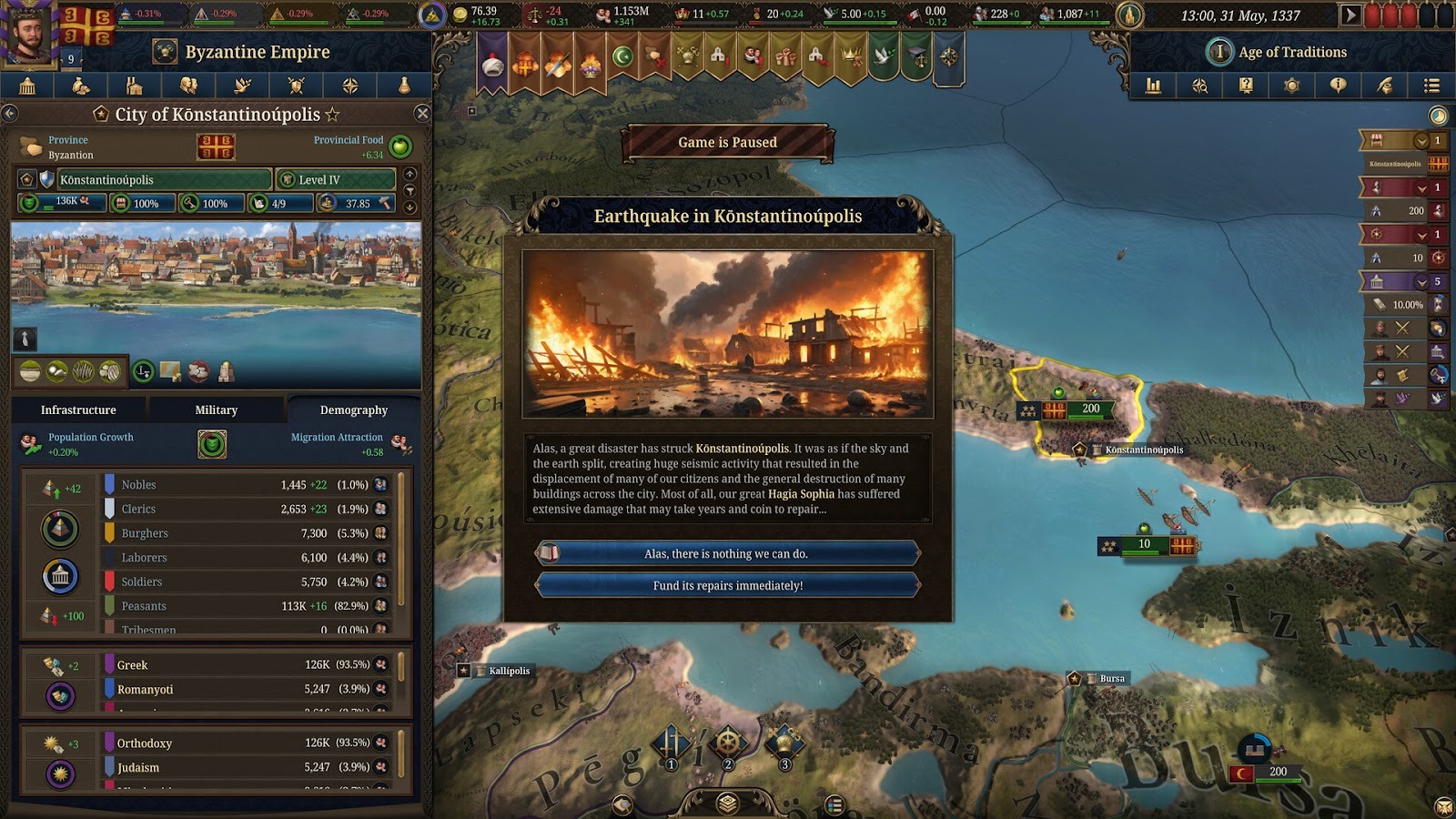
Europa Universalis V operates on an incredibly vast scope, and so must reduce most of its interests to the more abstract. Thus, it deals with historical horrors like slavery with an impassive view. Slaves operate as something between a population type and a tradable good.
In EU5, you can set up and play as trade companies, but the human cost gets lost in the game’s abstraction. For example, the Dutch East India Company (VOC) was a corporation created to conquer, negotiate, and colonize with impunity.
Entirely motivated by profit and basically unregulated, within its first two decades of existence, the VOC had set up its centre of Asian trade by burning down Jayakarta, modern Indonesia’s capital, and renaming it Batavia. In EU5, this sort of thing is contained under numerous extraction layers.
Real stories of atrocities enacted in the name of the nation and profit are vitally important to the backdrop of EUV’s time period, but on the empire-wide scale of the game, pop-up notifications for atrocities and exploitation would have to be nearly constant.
Alternative facts
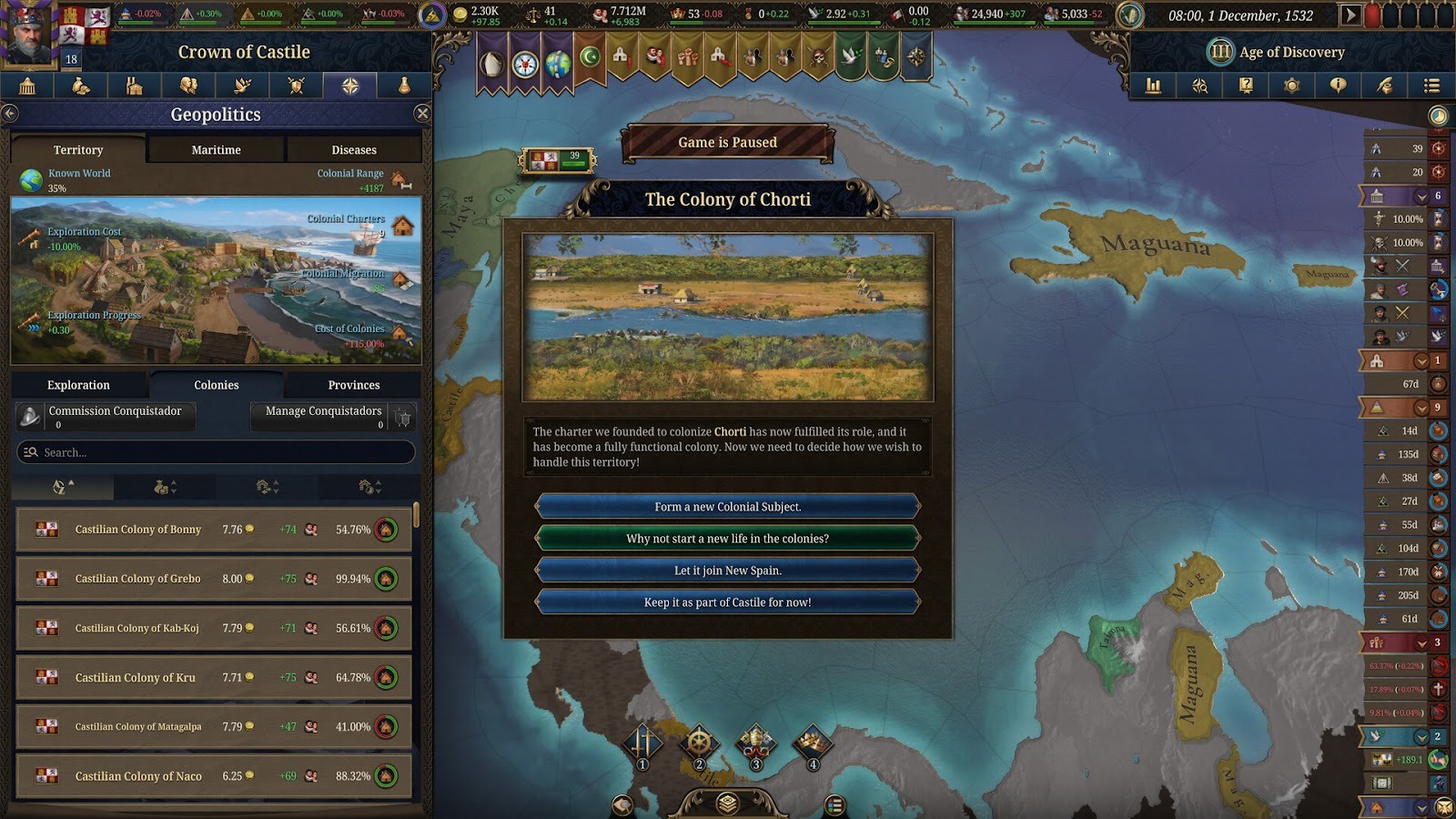
Europa Universalis V has the same appeal as Paradox Interactive’s other historical games, including the chance to create an alternative history. While not every area of the world has playable cultures, you are not relegated to defining yourself by the mantle of a colonizing European empire. You can indeed play as the Aztecs of Tenochititlan or the Native American Mississippian culture around Cahokia, and try to change history to be kinder to your people.
As any nation, if you try hard enough, you can ban the slave trade within your borders, or liberate slaves as part of peace treaties at the end of wars, but in any case, you will be fighting an uphill battle when slavery is a core part of these eras’ economies.
These moments of potential historical catharsis, the idea of becoming a great liberator on a world stage, just don’t mean much when the game is so blasé regarding the institution of slavery in the first place. The contrast exposes the limitations of Europa Universalis’ simulation, where mechanics turn down the volume on the uglier parts of history.
FAQs
Europa Universalis V is a much larger and more complicated game than Europa Universalis IV in most ways. It has over 11 times the number of individual locations, over twice as many goods, 10 times as many religions, and 42 times as many terrain types.
Of Paradox Interactive’s games, Europa Universalis is a much harder series to get into than Crusader Kings 3. It has far more complicated simulations of the economy and trade, and wars can be resolved with many different types of outcomes.
Yes, Europa Universalis V released on November 4.
Europa Universalis V has surprisingly high PC spec requirements, with an Intel i7-8700k processor and at least 6GB of dedicated graphics memory just for the minimum requirements. To have the game run at a decent rate, you’re looking at 32GB of RAM and at least 8GB of dedicated GPU memory.
